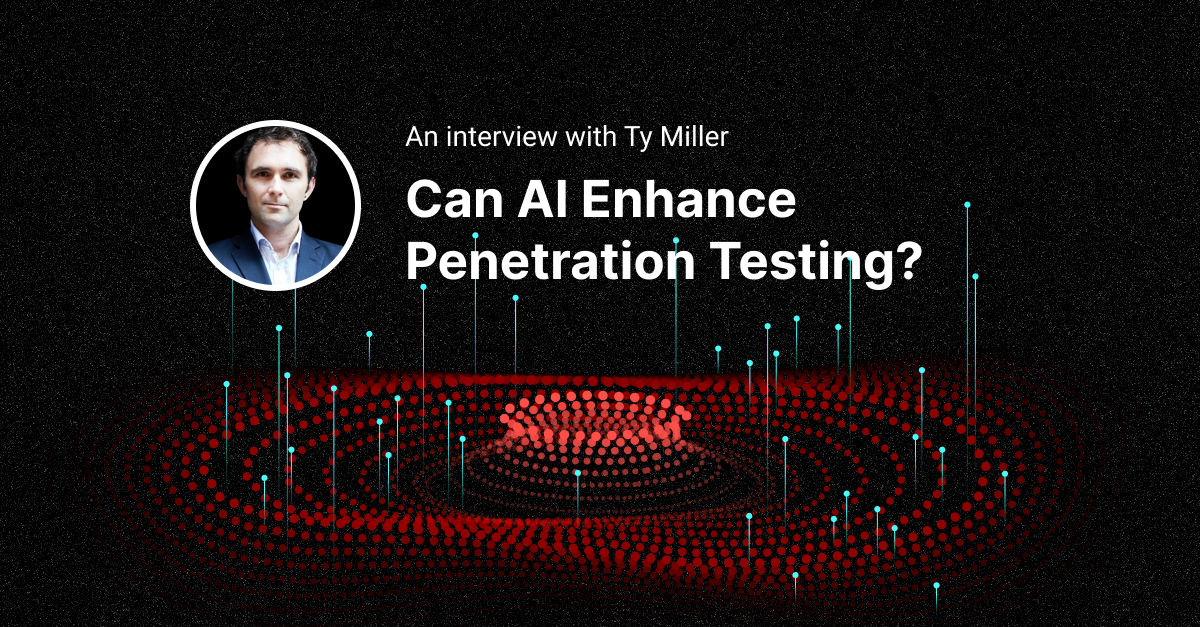So, what is SIEM and how it works?
How can we protect our networks and devices from bad actors?
What kind of threats do they pose for our enterprise, employees and customers?
What can we do to stay ahead of these adversaries, and is it even possible?
It’s not always easy to find the answers to these questions, particularly with traditional or outdated enterprise security approaches. What we need now is a more evolved cybersecurity approach that allows companies to track activity within their IT environment, deploy the right security tools, assess their ability to resist threats, and respond appropriately to any security events that will occur.
This evolved approach has a name: Security Information and Event Management (SIEM) .
So, what is SIEM?
SIEM software uses advanced detection, analytics, and response capabilities to provide insights into everything going on within an IT environment. It provides organizations with a holistic view of their security profile., and enables security professionals to detect, analyze and mitigate different threats.
How SIEM Works
In general, SIEM:
- Collects and aggregates data from multiple sources,
- Correlates and categorizes events,
- Identifies deviations from the norm, and
- Raises real-time alerts about security incidents and events
works by effectively combining and leveraging two key capabilities –
Security Information Management (SIM) and Security Event Management (SEM)
. The SIM side collects data for analysis from log files, host systems, applications, and even security devices like firewalls and anti-virus software. The SEM element, on the other hand, monitors systems in real time and identifies, correlates and analyzes events that seem anomalous. These events can include everything from malware attacks and spam emails, to traffic spikes, failed logins and changes to security configurations. Thus, a SIEM software can identify and detect threats in email, endpoint devices, applications, cloud resources, and more.
In addition to behavioral anomalies, SIEM can also detect and raise alerts about compromised accounts and lateral movements. These alerts can be set as high- or low-priority, so security teams can focus on addressing the critical threats (or events) that could seriously impact the organisation in adverse ways. SIEM also generates reports on these security threats and events by leveraging threat intelligence and User and Entity Behaviour Analytics (UEBA).
The Benefits of SIEM
- Analyze network and user behaviors in order to generate useful intelligence about potentially malicious activities
- Detect and mitigate incidents early to minimize their damaging impact
- Create threat rules based on insights into attacker tactics, techniques and procedures (TTPs) and known indicators of compromise (IOC)
- Notify security personnel if an event triggers a SIEM rule
- If incidents do occur, determine their nature and understand their business impact
- Identify, isolate or remove compromised sources
- Perform forensic analysis on major security/data breaches
- Generate visual information so teams can identify patterns that could indicate security issues
Common SIEM Use Cases
Improve Threat Hunting, Detection and Management
The use of intelligent products like
Evolve provides visibility into the threat environment, so organisations can better manage the operational and strategic aspects of threat hunting. With multi-source log data, these products can streamline threat management workflows and also improve incident response.
Enterprise Compliance
SIEM software provides the advanced, ongoing and reliable monitoring and reporting capabilities organizations need to auto-generate reports about logged security events. These reports enable them to meet numerous compliance mandates like HIPAA, SOX, GDPR, and PCI-DSS, and improve their compliance management.
Increase IoT Security
It is estimated that by 2025, there will be
25 billion connected IoT devices. As more devices, from washers and dryers to thermostats and printers become connected, however, this creates more points of entry for bad actors to target enterprises and move laterally across their networks. That raises serious concerns about security in IoT setups. SIEM software can mitigate IoT threats, such as DoS attacks, and also raise alerts about at-risk or compromised devices.
Prevent Insider Threats
Insider threats pose a considerable risk to organizations. With SIEM, they can create rules for what constitutes “normal” employee activity. The software will then monitor employee actions, and raise alerts for irregular events based on these predefined baselines. SIEM can also monitor privileged accounts and create alerts if a particular user performs an action they’re not allowed to perform, such as installing non-standard or non-approved software.
Evolve On-demand SIEM and EDR Capabilities
The Evolve SIEM solution can be orchestrated at the click of a button for immediate protection. Plus, it can be easily scaled up (or down) to support the organization’s changing environment and security needs.
With built-in standards like PCI-DSS, HIPAA and FedRamp, Evolve visualises compliance gaps and allows for fast remediation. It also lowers security costs with flexible monthly investments and almost no capital expenditures or expensive integration projects.
Start a 30-day free trial here.




